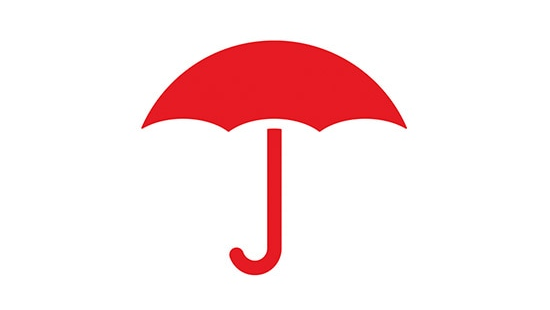Outsmarting today's supply chain risks
In today's complex supply chain environment, it is critical for manufacturers to plan for and manage supply chain risks across three distinct areas.
Logo, Travelers.
(Title Text) Outsmarting Today’s Supply Chain Risks
(Text) Filmed before the COVID-19 pandemic.
(Speech)
Today’s supply chains are becoming increasingly complex.
(Description)
Video of cargo container ship traveling along a body of water. Video of shipping containers at a port.
(Speech)
We’ve seen that the most successful manufacturers manage supply chain risks across three distinct areas.
(Description)
Video of two males talking to one another in a factor setting. The screen splits to three vertical videos: the first is a man using a two-way radio. The second is a woman laying out textiles. The third is a woman verifying a shipment.
(Speech)
Starting upstream, …
(Text)
Upstream supply chain
(Description)
Two videos of rolls of steel being arranged in a factory.
(Speech)
with visibility into supplier networks …
(Description)
Video of a woman’s hands threading textiles on a machine.
(Text)
Upstream supply chain
(Speech)
you may be able to minimize disruptions to the flow of raw materials and components.
(Description)
Video of blue plastic pellets sifting through a machine. Video of rotating spools of textile threads.
(Speech)
Looking internally, …
(Description)
Another video of rotating spools of textile threads.
(Text)
Internal supply chain
(Speech)
it’s important to recognize that critical equipment failure …
(Description)
Video of two males operating equipment.
(Text)
Recognize equipment
(Speech)
or key employee issues …
(Description)
Video of a women in industrial setting using a laptop.
(Text)
Recognize employees
(Speech)
have the potential to disrupt …
(Description)
Video of a women applying adhesives to fabric products.
(Speech)
Or even shut down production.
(Description)
Video of a man using a handheld tool.
(Speech)
On the final leg of a product’s journey, …
(Description)
Video of metal cannisters moving along a conveyor system.
(Text)
Downstream supply chain
(Speech)
diversify your distribution channels …
(Description)
Video showing shelves of product inventory.
(Text)
Diversify distribution channels
(Speech)
and customer base, …
(Description)
Video of a man cutting fabric in a retail setting.
(Speech)
so you have alternatives if one becomes unreliable.
(Description)
Video of a freight truck driving on a 4-lane roadway. Video of a man unloading packages from a crate and stacking them.
(Speech)
For over 160 years, Travelers has helped manufacturers identify and mitigate supply chain risks …
(Description)
Video of three women working in an industrial setting. Video of a man operating a piece of equipment. The screen splits to three vertical videos: the first is a woman using a table in a factory setting. The second is a woman operating precise machinery. The third is a woman helping a customer checkout using their mobile device.
(Speech)
– ranging from equipment breakdown and products liability …
(Description)
Video of a man using a laptop to take diagnostics of robotic equipment.
(Text)
Equipment Breakdown
Products Liability
(Speech)
to global and overseas transport risks.
(Description)
Video of a container ship traveling along a body of water. Video of a freight train moving along a rail line.
(Text)
Global
Transport Risks
(Speech)
Put our wisdom to work for your business.
(Description)
Video of a man working on a laptop in an industrial setting.
(Speech)
Discover how we can help manufacturers …
(Description)
Video of a man taking inventory of products in a warehouse
(Speech)
outsmart today’s supply chain risks.
Logo, Travelers.
(Text)
It’s Better Under the Umbrella.
The Travelers Indemnity Company. All rights reserved. Travelers and the Travelers Umbrella logo are registered trademarks of The Travelers Indemnity Company in the U.S. and other countries.
Resources

